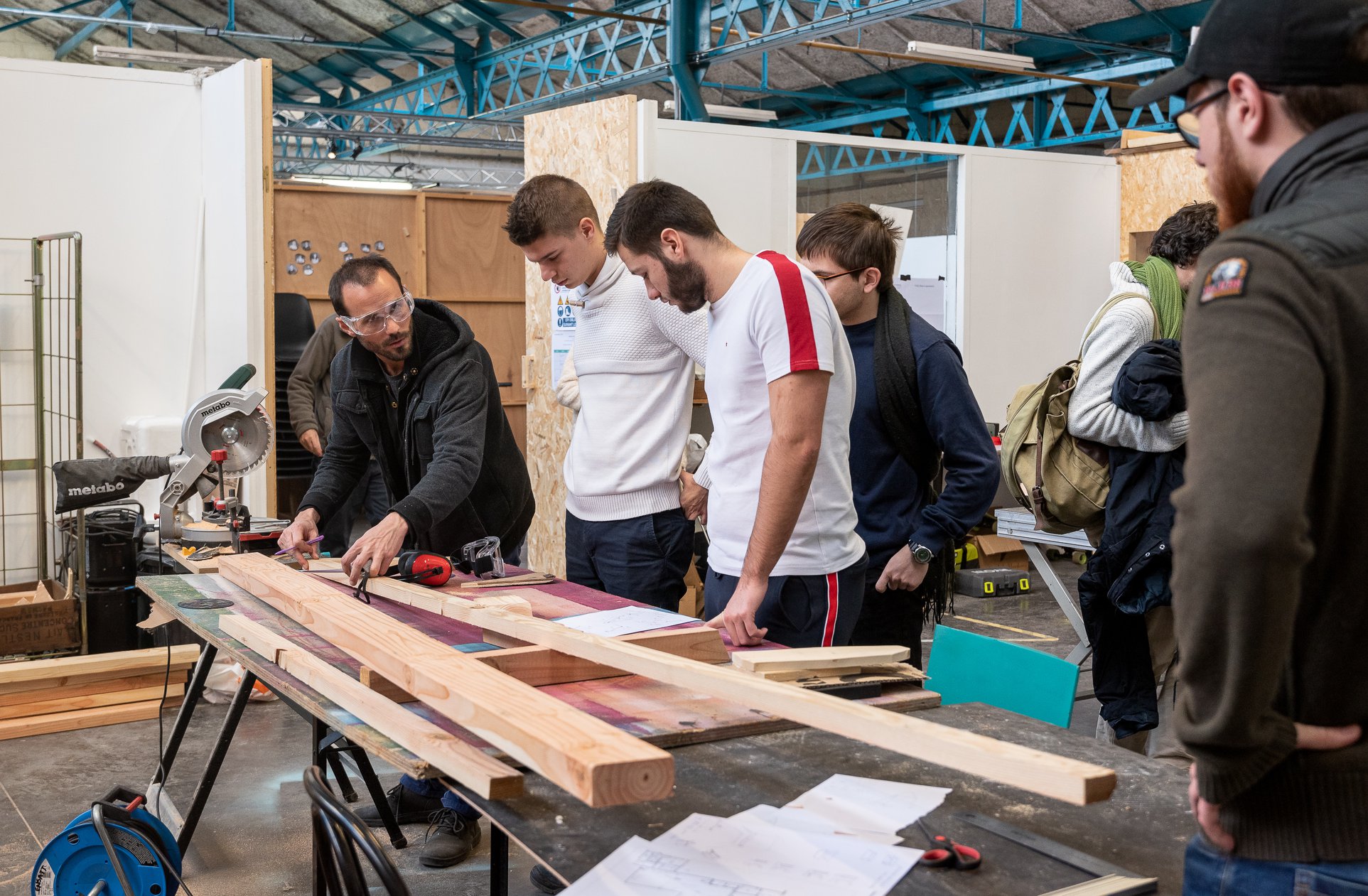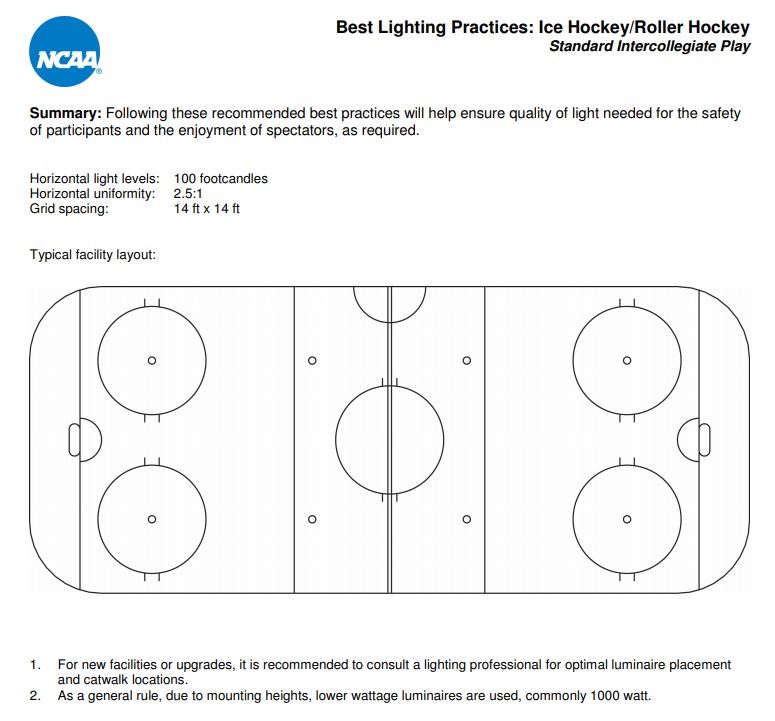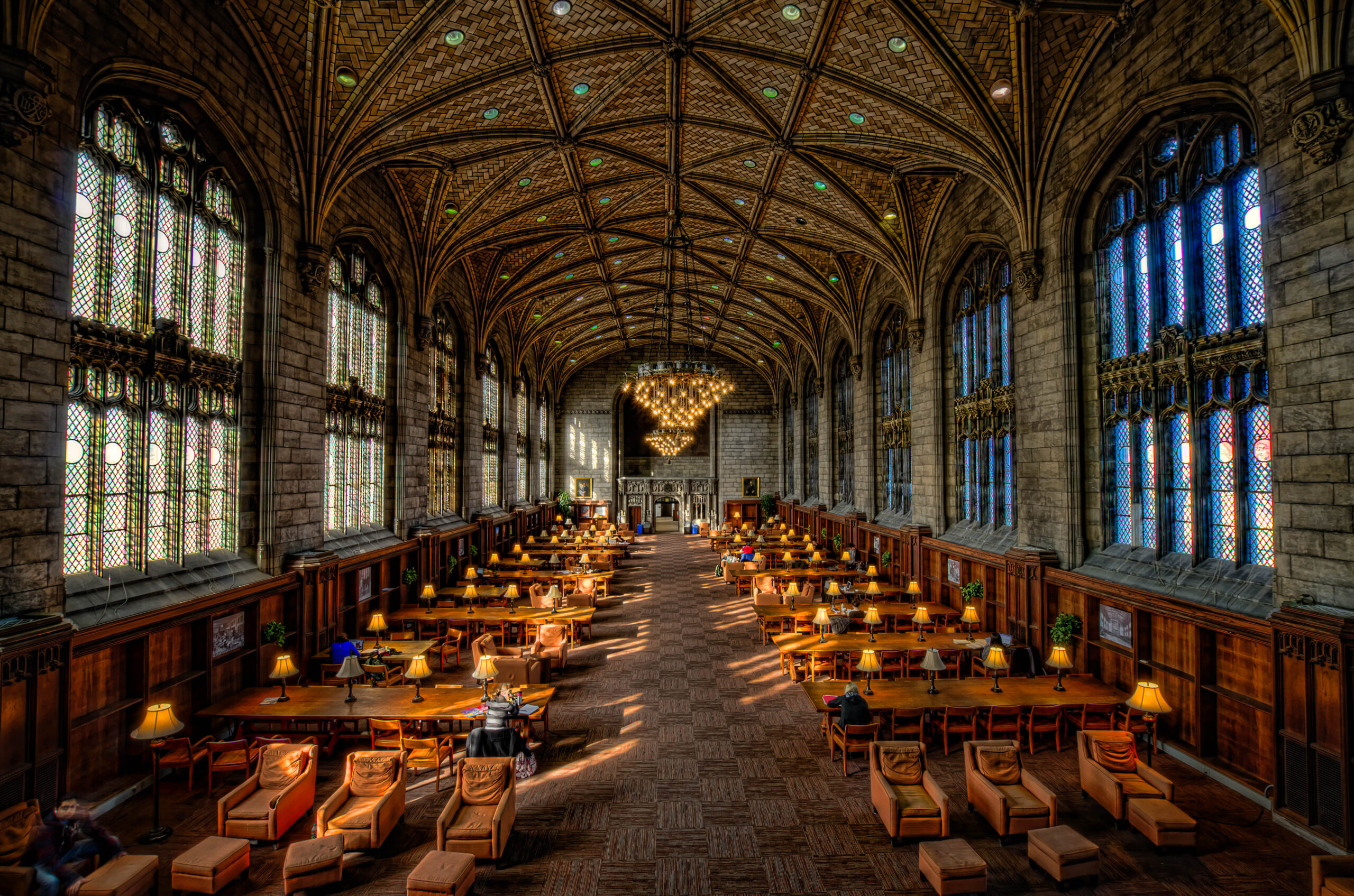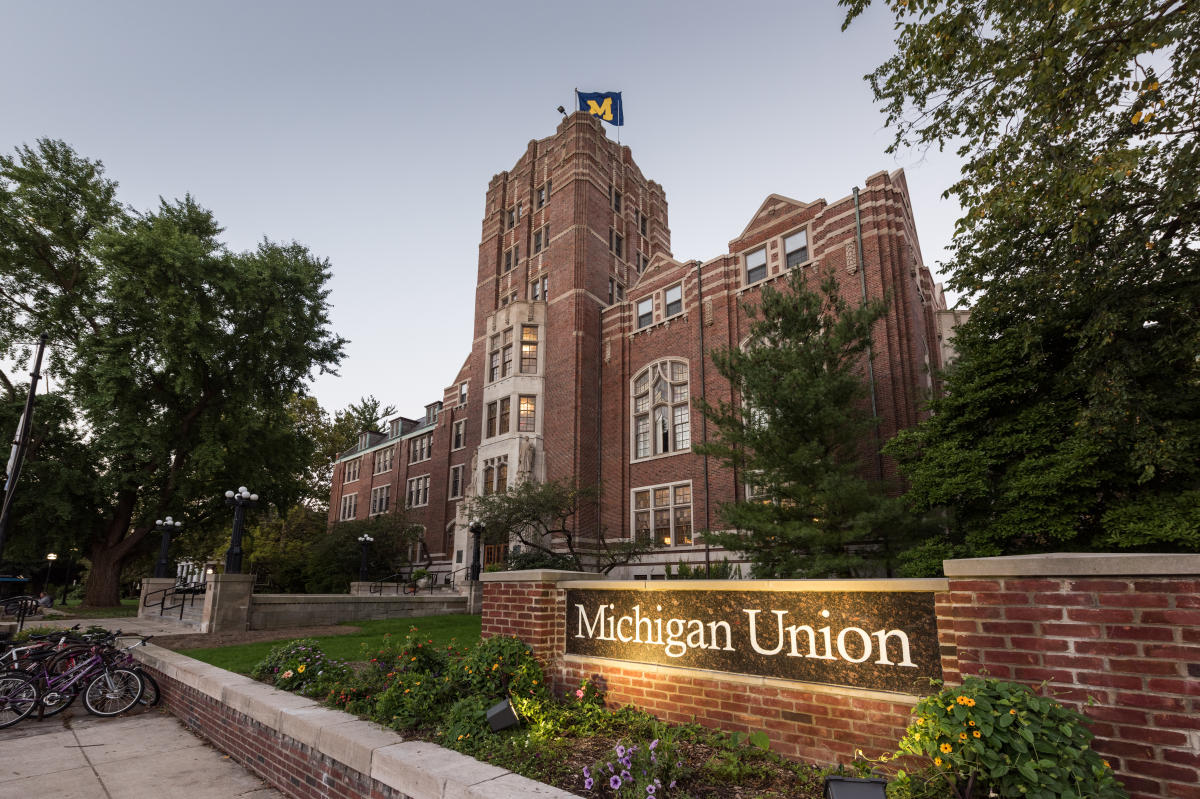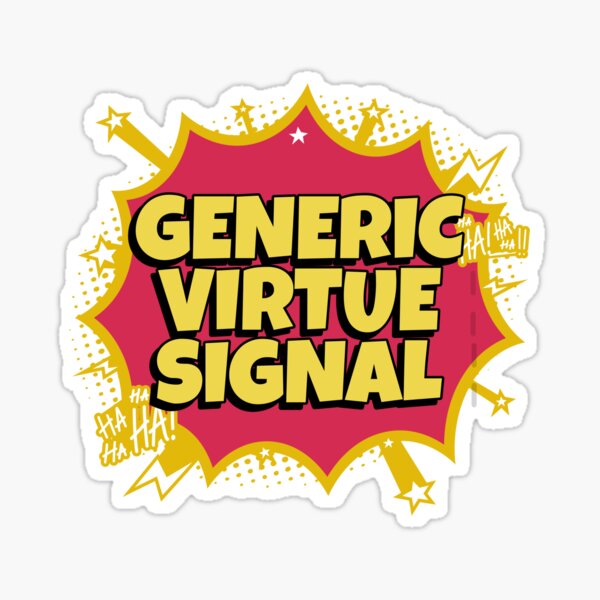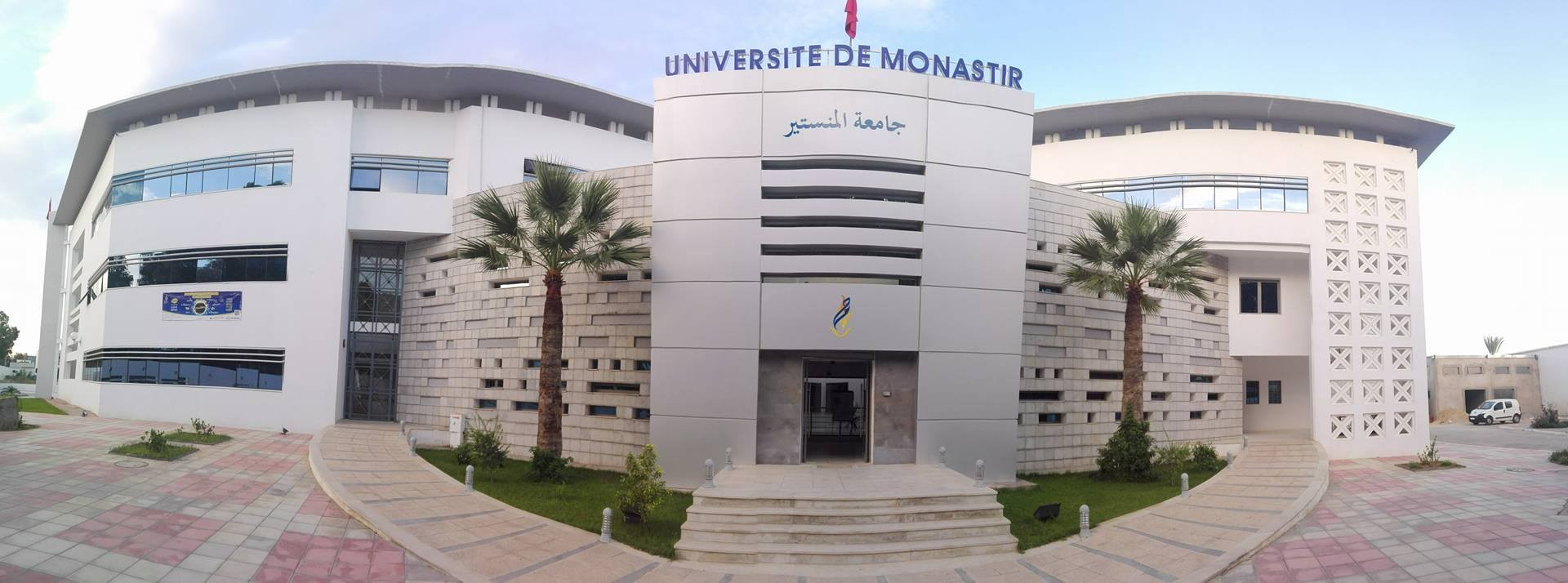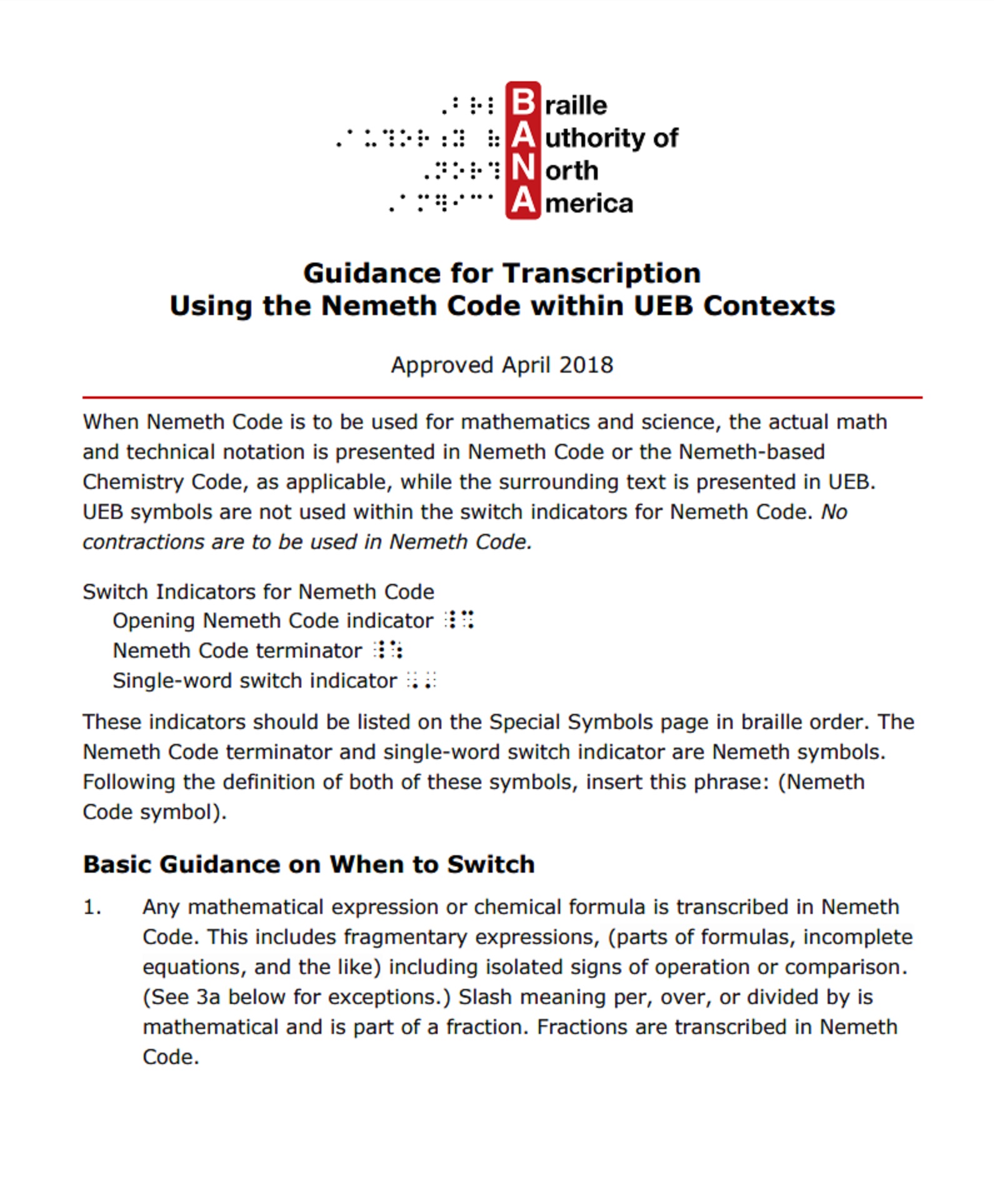Construction Cost Over-Run Insurance
- Home Page 109

Lovely Day
Recorded January 2015
Mathieu Manach : Percussions
Jean-Michel Warluzelle : Bass & background vocal
Bruno Thivend : Guitar & background vocal
Pierric Tailler : Vocal & guitar
Université de Lyon | Fête des Lumières 2019 – Les Rêveries Lumineuses de Léonard
“Lovely Day” Bill Withers Cover
Hightower Trail Middle School 8th Grade Chorus
Cobb County Georgia@HTMSCobb
print(“Lunch Hour 1600 UTC”)\n weekday(2)https://t.co/0Fz6AYYv20 pic.twitter.com/nB5NmBWNE8— Standards Michigan (@StandardsMich) February 5, 2025
"Lovely Day Cover" – Bill Withers | Berklee College of Music Class of '24
print("Lunch Hour 1600 UTC")\n weekday(2)https://t.co/0qAyPYmvyM pic.twitter.com/YQxkcFI5yM— Standards Michigan (@StandardsMich) May 24, 2023
Ice Hockey Arena Lighting
National Collegiate Athletic Association: August 2022 IRS Form 900 Tax Filing
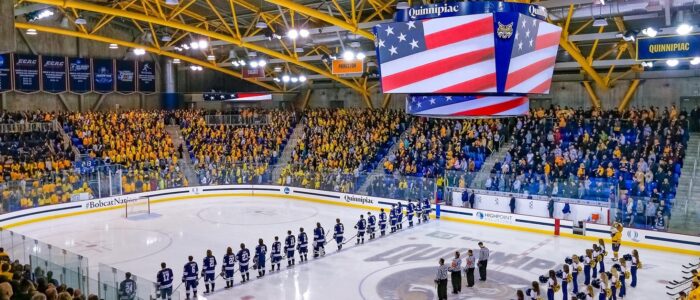
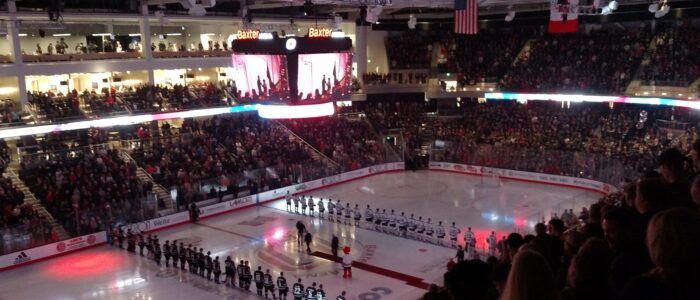
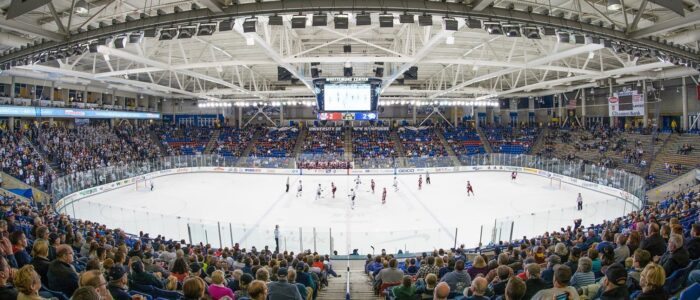

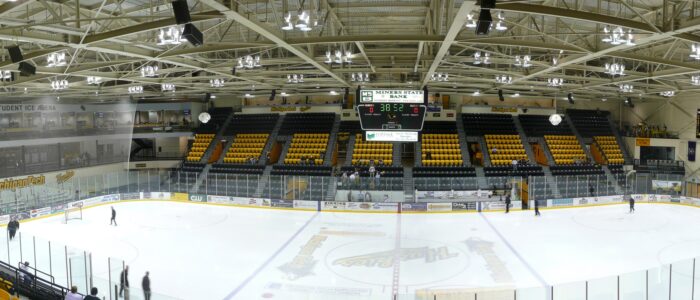
After athletic arena life safety obligations are met (governed legally by NFPA 70, NFPA 101, NFPA 110, the International Building Code and possibly other state adaptations of those consensus documents incorporated by reference into public safety law) business objective standards may come into play.For almost all athletic facilities, the consensus documents of the Illumination Engineering Society[1], the Institute of Electrical and Electronic Engineers[2][3] provide the first principles for life safety. For business purposes, the documents distributed by the National Collegiate Athletic Association inform the standard of care for individual athletic arenas so that swiftly moving media production companies have some consistency in power sources and illumination as they move from site to site. Sometimes concepts to meet both life safety and business objectives merge.
During hockey season the document linked below provides information to illumination designers and facility managers:
Athletic programs are a significant source of revenue and form a large part of the foundation of the brand identity of most educational institutions in the United States. We focus primarily upon the technology standards that govern the safety, performance and sustainability of these enterprises. We collaborate very closely with the IEEE Education & Healthcare Facilities Committee where subject matter experts in electrical power systems meet 4 times each month in the Americas and Europe.
See our CALENDAR for our next colloquium on Sport facility codes and standards. We typically walk through the safety and sustainability concepts in play; identify commenting opportunities; and find user-interest “champions” on the technical committees who have a similar goal in lowering #TotalCostofOwnership.





Issue: [15-138]*
Category: Electrical, Architectural, Arts & Entertainment Facilities, Athletics
Colleagues: Mike Anthony, Jim Harvey, Jack Janveja, Jose Meijer, Scott Gibbs
LEARN MORE:
[1] Illumination Engineering Handbook
[2] IEEE 3001.9 Recommended Practice for Design of Power Systems for Supplying Lighting Systems for Commercial & Industrial Facilities
[3] IEEE 3006.1 Power System Reliability
* Issue numbering before 2016 dates back to the original University of Michigan codes and standards advocacy enterprise
Guinness Shepherd’s Pie
Ibid.
Financial Position Standards
This content is accessible to paid subscribers. To view it please enter your password below or send mike@standardsmichigan.com a request for subscription details.
College by the Cup: Grounds of Being
Standards Illinois | Consolidated Financial Report 2024: $20.335B
Come spend this crisp autumn day in our basement—Grounds of Being is now open for Fall Term pic.twitter.com/r2lZaBIC4s
— Grounds of Being (@GroundsofBeing) September 27, 2022
“For decades, UChicago’s student-run coffee shops have given community members space to congregate (and caffeinate) on their own terms….We give pretty lenient sway to staff to play whatever music they want… Every once in a while you might hear some Gregorian chants.” — William Rhee, Parents Media Editor
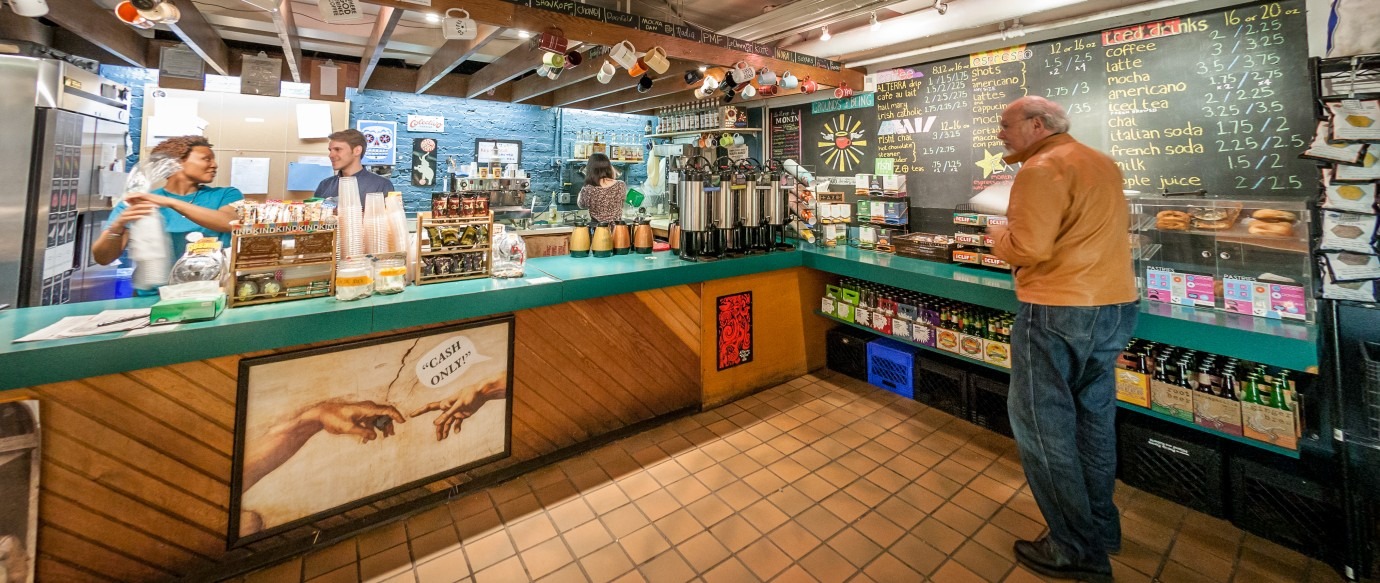
The Storied Past of Harper Memorial Library | ΒΙΒΛΙΟΘΗΚΕΣ
Urban Development of the University of Chicago | Facilities Services
We re-open TOMORROW for the start of the Winter Quarter, and will resume our normal business hours of M-F, 7:45 AM-4 PM. Come through to warm up with some @ColectivoCoffee coffee and tea! pic.twitter.com/1bMDKdeQDF
— Grounds of Being (@GroundsofBeing) January 3, 2018
Naming & Signs
ANSI Z535.2-2023: Environmental and Facility Safety Signs
Consistency with Institutional Branding
- Signage must align with the educational institution’s brand identity, including logos, colors, and typography (e.g., Helvetica font is often specified, as seen in some university standards).
- Corporate logos are typically prohibited on primary exterior signage to maintain institutional focus.
Compliance with Local Zoning and Building Codes
- Signs must adhere to municipal zoning regulations, which dictate size, height, placement, and illumination (e.g., NYC Building Code Appendix H or similar local codes).
- Permits may be required, and signage must not obstruct traffic visibility or pedestrian pathways.
ADA Accessibility Requirements
- Exterior signs identifying permanent spaces (e.g., entrances or exits) must meet Americans with Disabilities Act (ADA) standards, including visual character requirements (legible fonts, sufficient contrast).
- Tactile signs with Braille are required at specific locations like exit stairways or discharge points, per the U.S. Access Board guidelines, though not all exterior signs need to be tactile.
Wayfinding and Identification Functionality
- Signs should clearly identify buildings, provide directional guidance, and include essential information (e.g., building names, departments, or campus districts).
- Placement is typically near main entrances, limited to one per building unless otherwise justified.
Material and Durability Standards
- Materials must be weather-resistant and durable (e.g., extruded or cast aluminum with finishes like natural or dark bronze, avoiding plastic in some cases).
- Maintenance considerations ensure longevity and legibility over time.
Size and Placement Restrictions
- Size is often regulated (e.g., no larger than necessary for legibility, with some institutions capping temporary signs at 32 square feet).
- Placement avoids upper building portions unless in urban settings or campus peripheries, ensuring aesthetic harmony.
Approval and Review Processes
- Exterior signage often requires review by a campus design or sign committee (e.g., a university’s Design Review Board).
- For partnerships or donor-funded buildings, a Memorandum of Understanding (MOU) may govern signage rights and standards.
Safety and Visibility Standards
- Signs must not create hazards (e.g., minimum clearance of 7.5 feet above walkways, no sharp edges).
- Illumination, if allowed, must comply with safety codes and enhance visibility without causing glare or distraction.
Temporary Signage Regulations
- Temporary signs (e.g., banners or construction signs) have time limits (e.g., 30-90 days per year) and must be approved, with size and frequency restrictions. The National Electrical Code Article 590 covers temporary wiring for festoon illumination and defines “temporary” as 90 days.
Somewhat Related:
University of Michigan Naming Policy Guideline
Michigan State University: Building and Facilities Naming
University of Buffalo Naming Guidelines
University of Vienna: Analyzing wayfinding processes in the outdoor environment
Recognizing signs and doors for Indoor Wayfinding for Blind and Visually Impaired Persons
Abstract: Indoor signage plays an essential component to find destination for blind and visually impaired people. In this paper, we propose an indoor signage and doors detection system in order to help blind and partially sighted persons accessing unfamiliar indoor environments. Our indoor signage and doors recognizer is builded based on deep learning algorithms. We developed an indoor signage detection system especially used for detecting four types of signage: exit, wc, disabled exit and confidence zone. Experiment results demonstrates the effectiveness and the high precision of the proposed recognition system. We obtained 99.8% as a recognition rate.
Is this not precious? I ❤️ 🐶’s pic.twitter.com/tCRblzdAIO
— Riley Nuttall (@nuttallriley1) January 11, 2024
Unified English Braille
A big misconception about blindness is that a blind person only sees pitch black.
In reality, blindness is a spectrum. This is a series of examples of how differently visually impaired people see.
[📹 Blind on the Move]pic.twitter.com/EcljDkNDfN
— Massimo (@Rainmaker1973) June 30, 2024
New update alert! The 2022 update to the Trademark Assignment Dataset is now available online. Find 1.29 million trademark assignments, involving 2.28 million unique trademark properties issued by the USPTO between March 1952 and January 2023: https://t.co/njrDAbSpwB pic.twitter.com/GkAXrHoQ9T
— USPTO (@uspto) July 13, 2023
Standards Michigan Group, LLC
2723 South State Street | Suite 150
Ann Arbor, MI 48104 USA
888-746-3670



